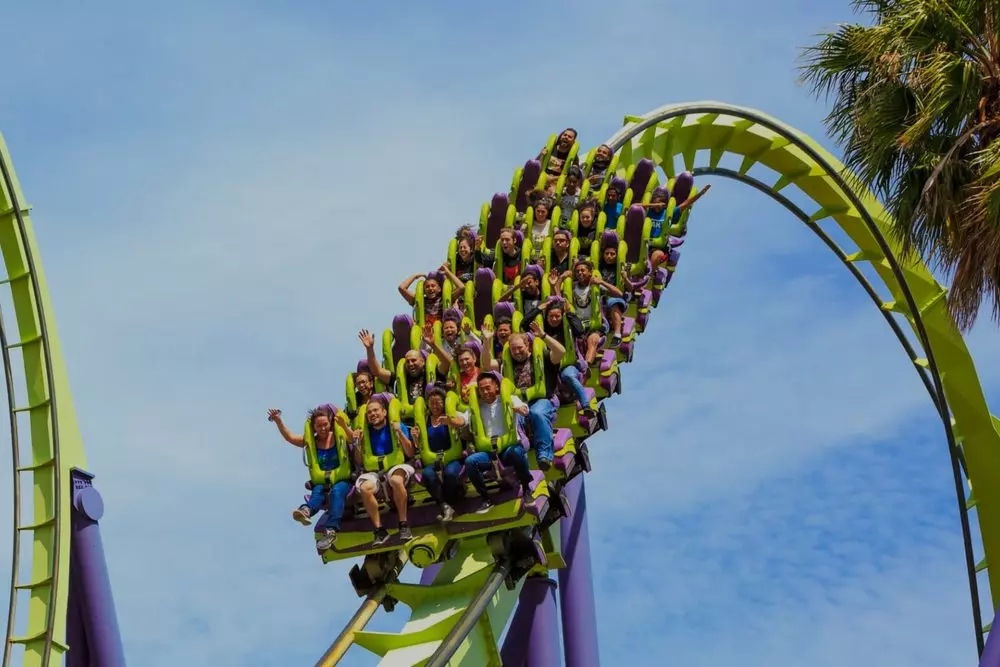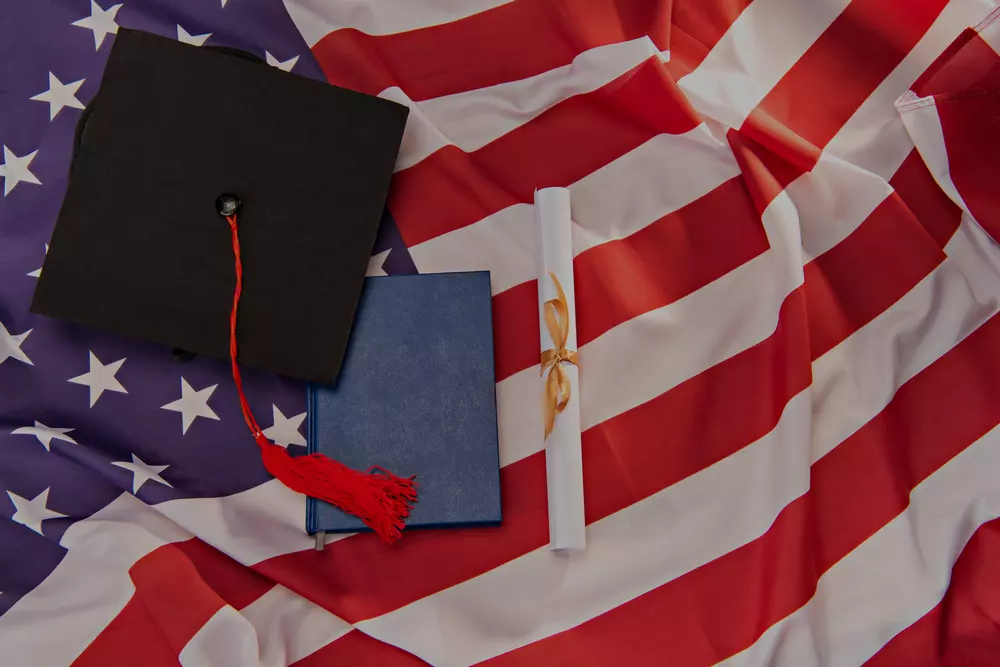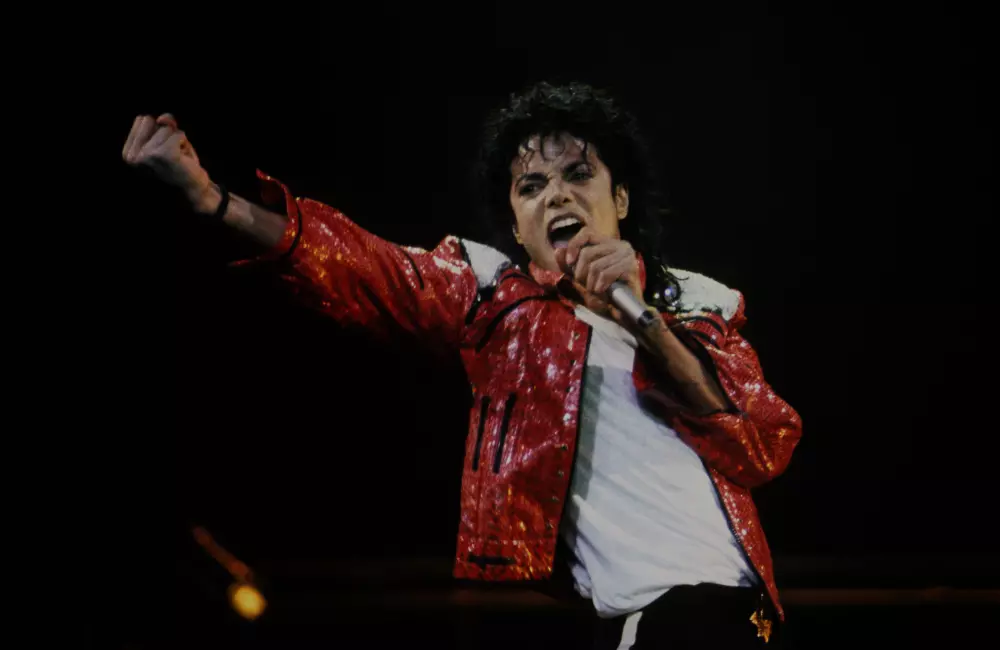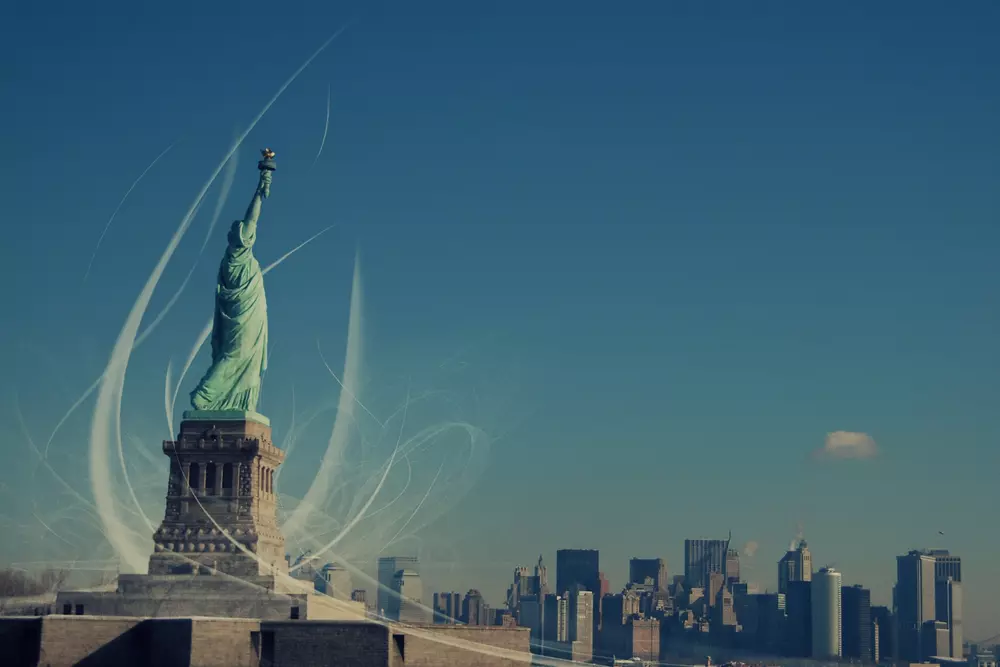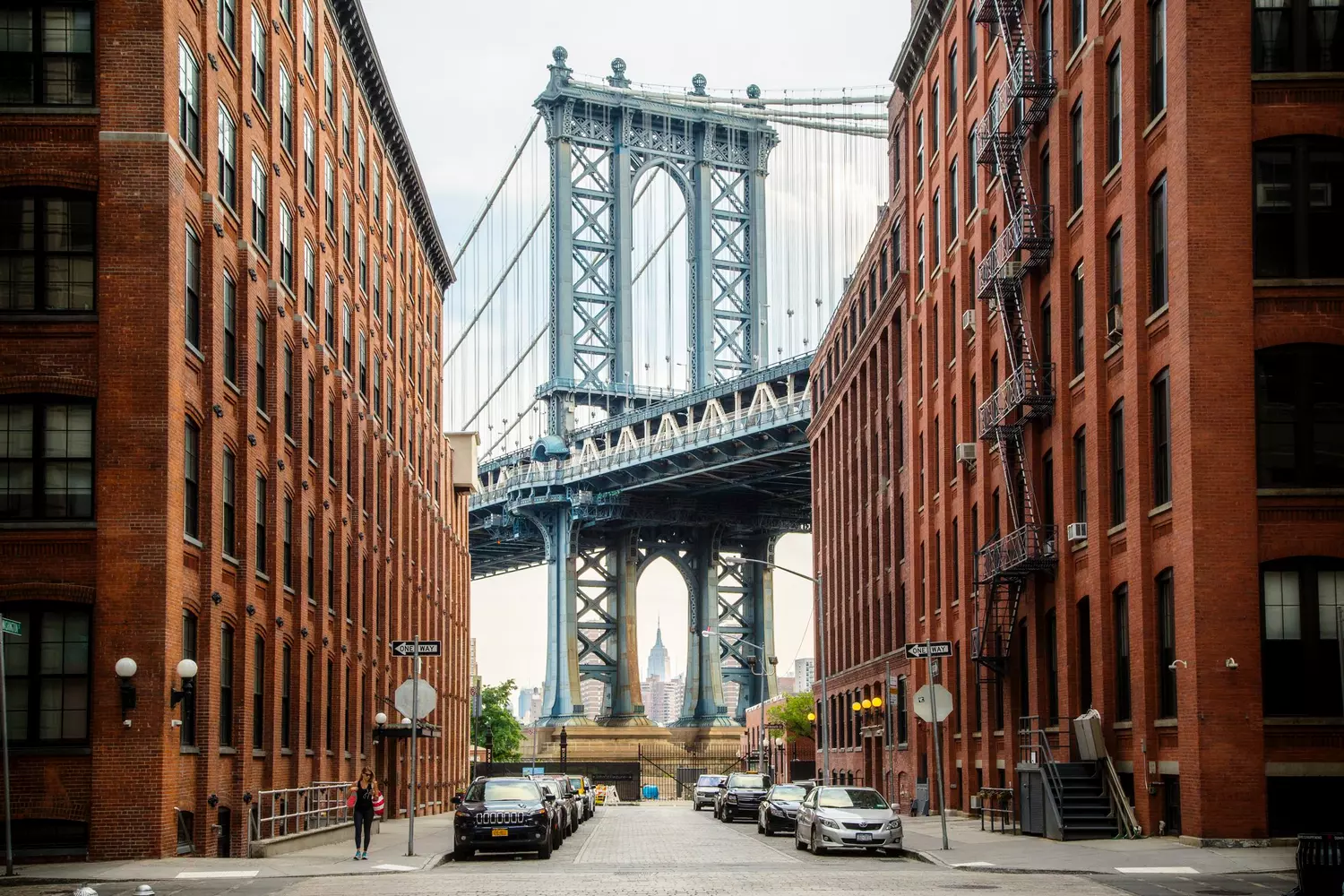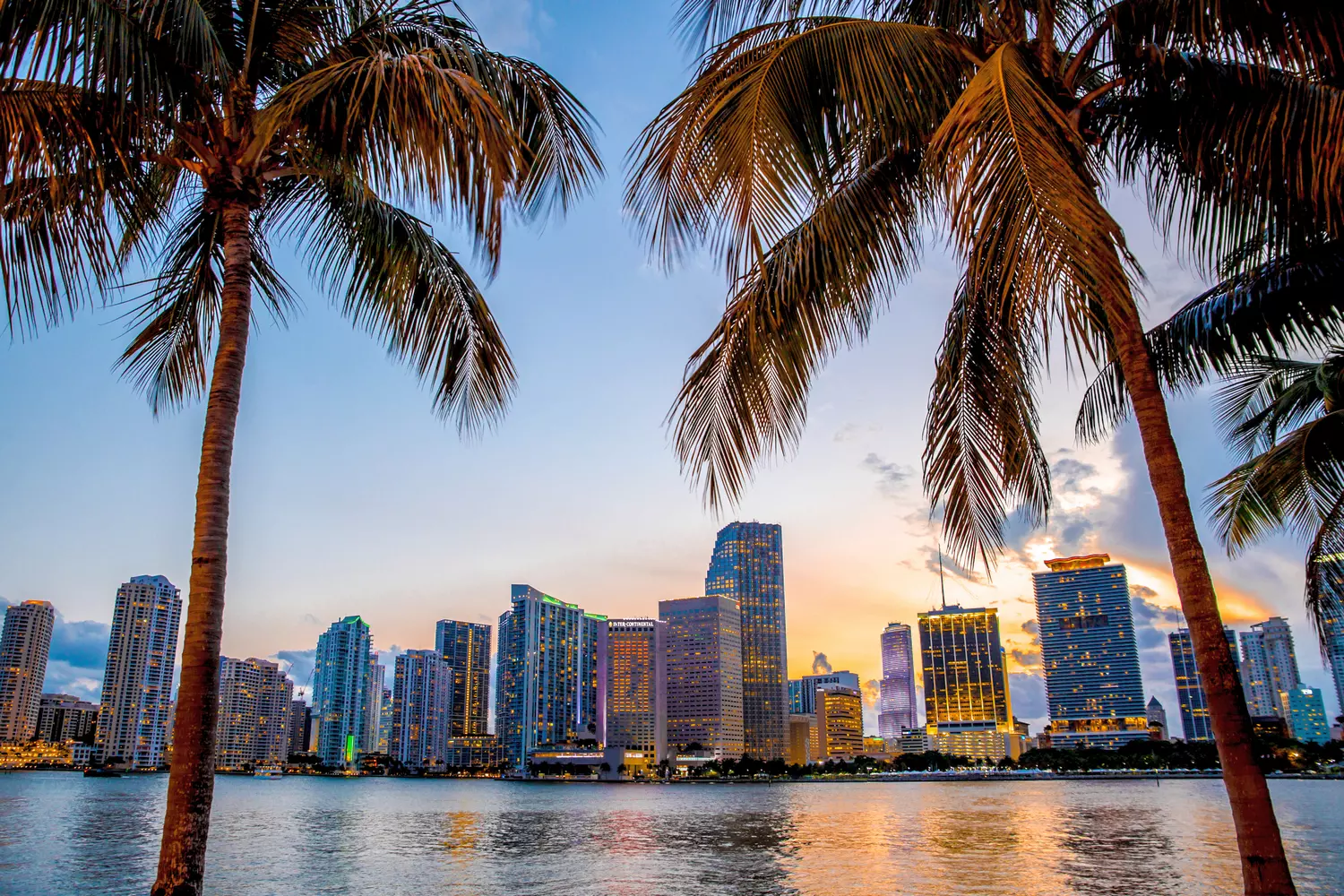When, back in 1989, the Fox channel presented viewers with the first full episode of The Simpsons, few could have imagined that the yellow family from the fictional town of Springfield would change not only the perception of television but also what an animated series could be. Critics saw it as a bold satire of American everyday life, while viewers enjoyed a hilarious show packed with jokes for every taste. No one expected that over time, *The Simpsons* would become a sort of cultural barometer and, as fans jokingly say, true prophets.
Over more than three decades, more than 750 episodes have aired. Each episode is a kaleidoscope of themes: from family quarrels and comic situations to sharp social issues, world politics, and future technologies. The creators skillfully balance parody and exaggeration, mocking everything that concerns society. And then — a surprising effect: plotlines invented "on a whim" or just for laughs would come true years later.
At first, such coincidences were seen as amusing curiosities. But as the list of "fulfilled" moments grew, fans and journalists began talking about the phenomenon of "The Simpsons as seers". Their world turned out to be not only a caricature of the present but also a strange reflection of the future — sometimes in details that are hard to explain by pure chance.
From predicting the presidency of Donald Trump to hints at smartwatches and video calls, from financial market crashes to global epidemics — *The Simpsons* seem to keep a secret chronicle of the future. Moreover, these storylines often appear years, or even decades, before the actual events.
"It's not magic, it's mathematics and observation," said writer Al Jean in an interview. Yet even his words don’t convince those who see something mystical in the cartoon.
And here arises the main question: how does an ordinary, albeit brilliantly written, animated show manage to "guess" the future so accurately? Is it coincidence, the result of cold analysis, or a subtle play of writers with cultural archetypes? Let’s explore why *The Simpsons* have become not only a television legend but also a kind of encyclopedia of tomorrow.
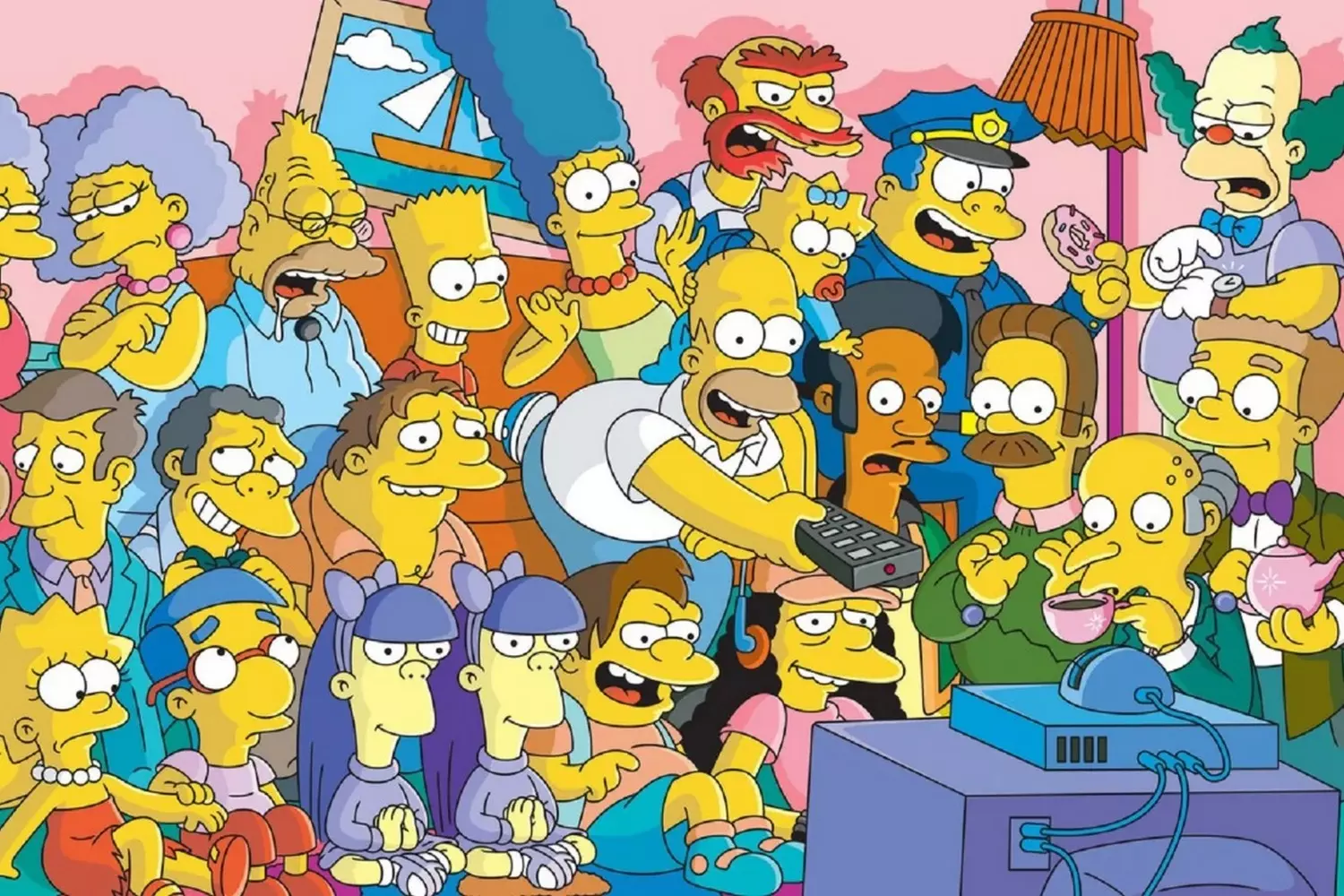
There is a fan community that maintains a database of The Simpsons predictions. After any major news, they check the episode archives for hints. Sometimes, such matches are found just hours after the event.
How It All Began: The Journey of The Simpsons from Short Sketches to a Global Phenomenon
The history of The Simpsons is, in essence, the history of modern television daring to offer viewers something entirely new. It all began in 1987 when the cartoon about a strange, slightly absurd, yet incredibly charismatic family appeared as short segments on The Tracey Ullman Show on the Fox network. These sketches lasted only about two minutes, but even then viewers sensed that behind the simple yellow faces lay something more.
The idea was brought to the world by artist and cartoonist Matt Groening. He created the characters literally within minutes — right in the lobby of the TV station where he was to pitch his project. According to legend, Groening feared someone might steal his previous ideas, so in haste he came up with a new concept: a family with recognizable names borrowed from his relatives (Homer, Marge, Lisa, Maggie) and the mischievous Bart, whose name is an anagram of the word brat.
The first full-length episode, “Simpsons Roasting on an Open Fire” (known as “The Simpsons Celebrate Christmas”), aired in December 1989. This was what the industry calls a “boom effect.” Viewers fell in love with the series from its very first episode. Yes, it was bold and even rough around the edges by the standards of the time, but it was precisely this honesty — satirical, ironic, and yet surprisingly warm — that made it iconic.
Over the following decades, *The Simpsons* grew from an ordinary animated show into a vast media universe. Today, there are over 750 episodes, a feature film released in 2007, thousands of merchandise items, fan theories, and endless memes. The series has repeatedly won Emmy and Peabody awards, and Matt Groening, Sam Simon, and James L. Brooks are recognized as television legends.
But the most astonishing thing is that *The Simpsons* don’t just reflect life — they anticipate it. And this very trait has turned them into the main “oracle” of pop culture.

Top 10 Most Famous Predictions from The Simpsons
Over many years on air, The Simpsons have become a true treasury of predictions. Some can be attributed to lucky guesses, others to sharp social analysis. But there are those that make you scratch your head and chuckle skeptically. Let’s explore ten of the most famous cases where the writers’ fiction came to life in the real world.
- 01. President Donald Trump
- Episode: Bart to the Future (Season 11, 2000)
In an alternate future, Lisa becomes the President of the USA. During a press conference, she says: "As you know, we inherited quite a budget crunch from President Trump." At that time, Donald Trump was known as a billionaire, casino owner, real estate developer, and a celebrity — the idea of his presidency seemed so absurd it was funny. - Reality: In 2016, he indeed became the 45th President of the United States. The satire turned out to be a direct hit, and this episode remains cited as the prime example of the show’s "oracle" gift.
- 02. Smartwatches
- Episode: Lisa’s Wedding (Season 6, 1995)
The action takes place in the 2010s. Lisa’s fiancé answers a call… right through his watch. In 1995, this seemed like classic sci-fi imagination. - Reality: In 2014, Apple Watch introduced calling and voice command features. Today, talking to your wrist is as ordinary as holding a phone to your ear once was.
- 03. Twin Towers and 9/11
- Episode: The City of New York vs. Homer Simpson (Season 9, 1997)
In one scene, a tourist brochure advertises a trip to New York: the price $9 is printed next to the silhouette of the Twin Towers, forming a visual "9/11". - Reality: On September 11, 2001, the world was shocked by the largest terrorist attack in US history.
- Debate: Many consider this a coincidence, but the visual effect is so striking it still gives chills.
- 04. Ebola Virus
- Episode: Lisa’s Sax (Season 9, 1997)
Marge suggests Bart read a book titled "Curious George and the Ebola Virus." At that time, Ebola was almost unknown in popular culture, and the title sounded abstract to most viewers. - Reality: In 2014, the Ebola virus caused the largest epidemic in West Africa and was in world news for months.
- 05. Eurozone Crisis
- Episode: Politically Inept, with Homer Simpson (Season 23, 2012)
A news ticker joke flashes: "Europe puts Greece on eBay" - Reality: A year later, Greece faced a deep financial crisis, and talks of leaving the eurozone dominated European headlines.
- 06. USA’s Victory Over Sweden in Hockey
- Episode: Lisa on Ice (Season 6, 1994)
In a school hockey match, the USA beats Sweden. At the time, this seemed just a plot joke. - Reality: That same year, the US national team indeed defeated Sweden in the hockey world championship final.
- 07. The Decline of Video Rental Stores
- Episode: Midnight Towboy (Season 19, 2007)
In Springfield, the video rental store closes — a seemingly mundane everyday scene. - Reality: Within a few years, giants like Blockbuster vanished, replaced by Netflix and other online streaming services.
- 08. Disney’s Purchase of 20th Century Fox
- Episode: 1998
A sign on Fox Studios reads: "A Division of Walt Disney Co." At that time, Disney and Fox were competitors. - Reality: In 2017, Disney indeed bought 20th Century Fox for $71 billion.
- 09. Smart Robots and Autopilot
- Episode: The Invention of Lisa (2000)
In the future world, cars drive themselves. - Reality: Today, Tesla, Mercedes, and other brands offer autopilot, and driverless taxis operate in some cities.
- 10. Coronavirus (COVID-19) Pandemic
- Episode: Lisa’s Wedding (Season 6, 1995)
In one future scene, Lisa goes to a restaurant where visitors have their temperature checked at the door, and everyone wears masks — details that seemed like futuristic fantasy in 1995. - Reality: In 2020, the world faced the COVID-19 pandemic, with masks becoming mandatory and temperature checks standard in public places worldwide.
- Why It Matters: Although this scene might have seemed just a futuristic fantasy, 25 years later it gained chilling relevance, showing how *The Simpsons* intuitively sense upcoming societal changes.
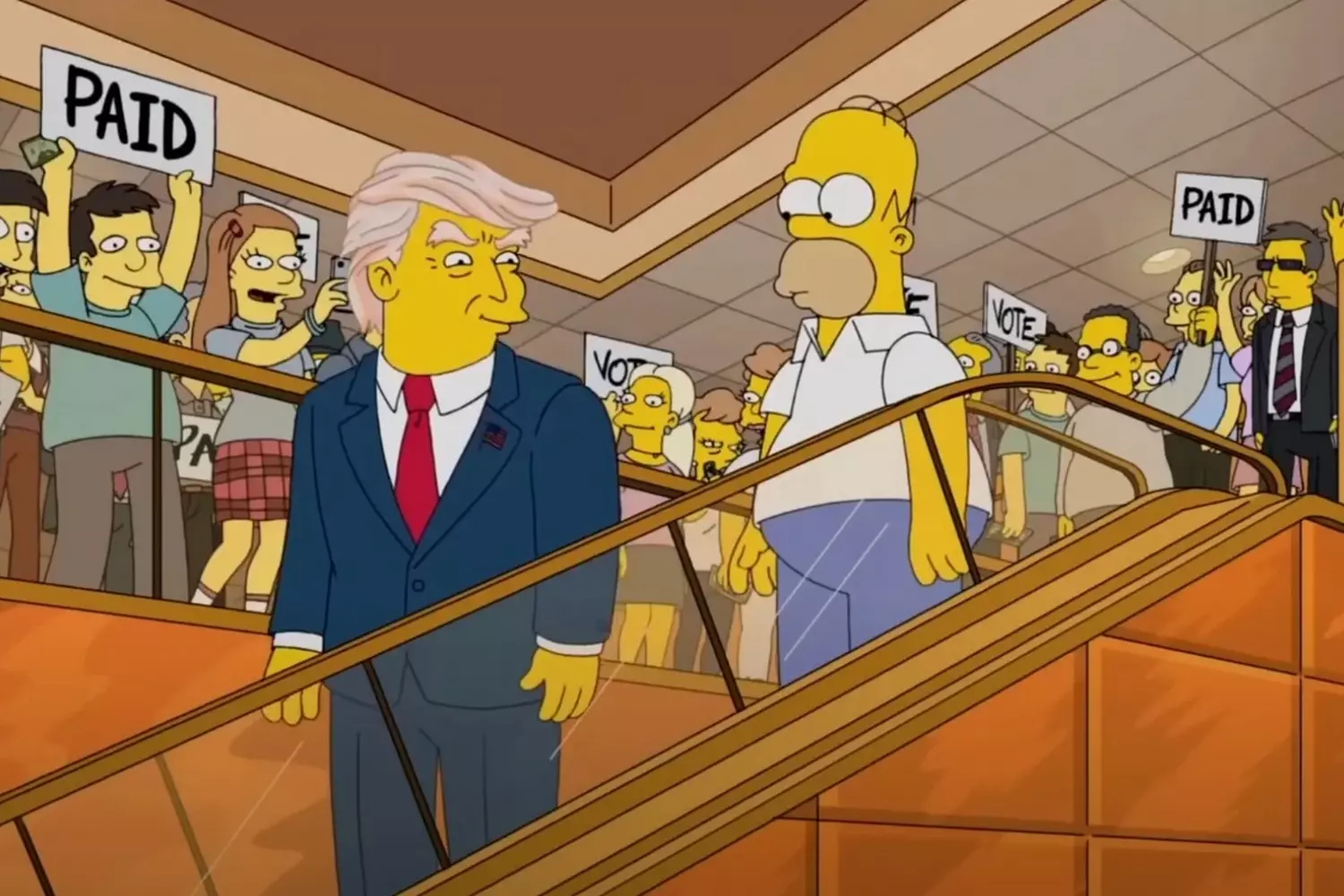
Lesser-Known but Astonishing Prophecies of The Simpsons
One thing is a writers’ joke, quite another — when a cartoon suddenly starts coming true. The Simpsons have gained fame for their uncanny ability to predict major world events long before they happen. While many fans tend to exaggerate, there are several cases that truly make you wonder: is it coincidence, or does the writing team secretly include a group of soothsayers?
- 01. Three-eyed fish — from joke to reality
Back in 1990, in the episode “Two Cars in Every Garage and Three Eyes on Every Fish”, Bart catches a mutated three-eyed fish in a pond near the nuclear power plant where Homer works. On screen, this was a sharp satire of environmental problems.
But 21 years later, in 2011, news headlines were shocked by a real discovery: fishermen in Argentina caught a three-eyed fish… right next to a nuclear power station. Photos spread worldwide, and fans of The Simpsons remembered the old episode. It became clear — sometimes cartoon irony hits too close to reality. - 02. FIFA corruption scandal
In 2014, one episode took the Simpsons to Brazil, where Homer unexpectedly gets involved in the world of football bureaucracy. The episode briefly shows corruption within the international football organization, hinting at fixed matches and bribes.
And just a year later, in 2015, the biggest scandal in FIFA’s history erupted: arrests of top officials, accusations of bribery and money laundering, and high-profile resignations — looking like a continuation of the cartoon, only without yellow faces and funny lines. - 03. NSA mass surveillance
In the full-length The Simpsons Movie (2007), there is a scene showing a massive surveillance center intercepting all conversations and communications of US citizens. This seemed like an exaggerated joke about paranoia and conspiracy theories.
But in 2013, Edward Snowden revealed the existence of the PRISM program, under which the NSA was indeed conducting global surveillance on millions worldwide. Many viewers recalled that Homer and his friends joked about this six years earlier. - 04. Germany’s victory over Brazil at the 2014 World Cup
In the episode “You Don’t Have to Live Like a Referee” (Season 25, Episode 16), Germany beats Brazil 2–0. In reality, Germany famously crushed Brazil 7–1, but the match outcome was the same. - 05. Tiger attack on Roy Horn (1993 → 2003)
In the episode “$pringfield” (Season 5, Episode 10), a white tiger attacks a trainer — parodying the famous duo Siegfried and Roy. In 2003, a tiger named Montecore attacked Roy Horn during a show in Las Vegas. - 06. Nobel Prize in Economics (2010 → 2016)
In the episode “Elementary School Musical” (Season 22, Episode 1), Lisa and her friends discuss potential laureates, including Bengt Holmström. In 2016, he won the prize for contract theory.
Fake “predictions”
Some “prophecies” turned out to be either fabrications or coincidences:
- Notre Dame fire (2019)
The image of the burning cathedral was photoshopped. - Capitol riot (2021)
The image featuring Groundskeeper Willie was a montage. - Death of George Floyd (2020)
The picture with Chief Wiggum was fan art.
The Simpsons are not an oracle, but a brilliant social satire that sometimes hits the mark. And even if their “predictions” are just clever jokes, they make the series even more iconic.
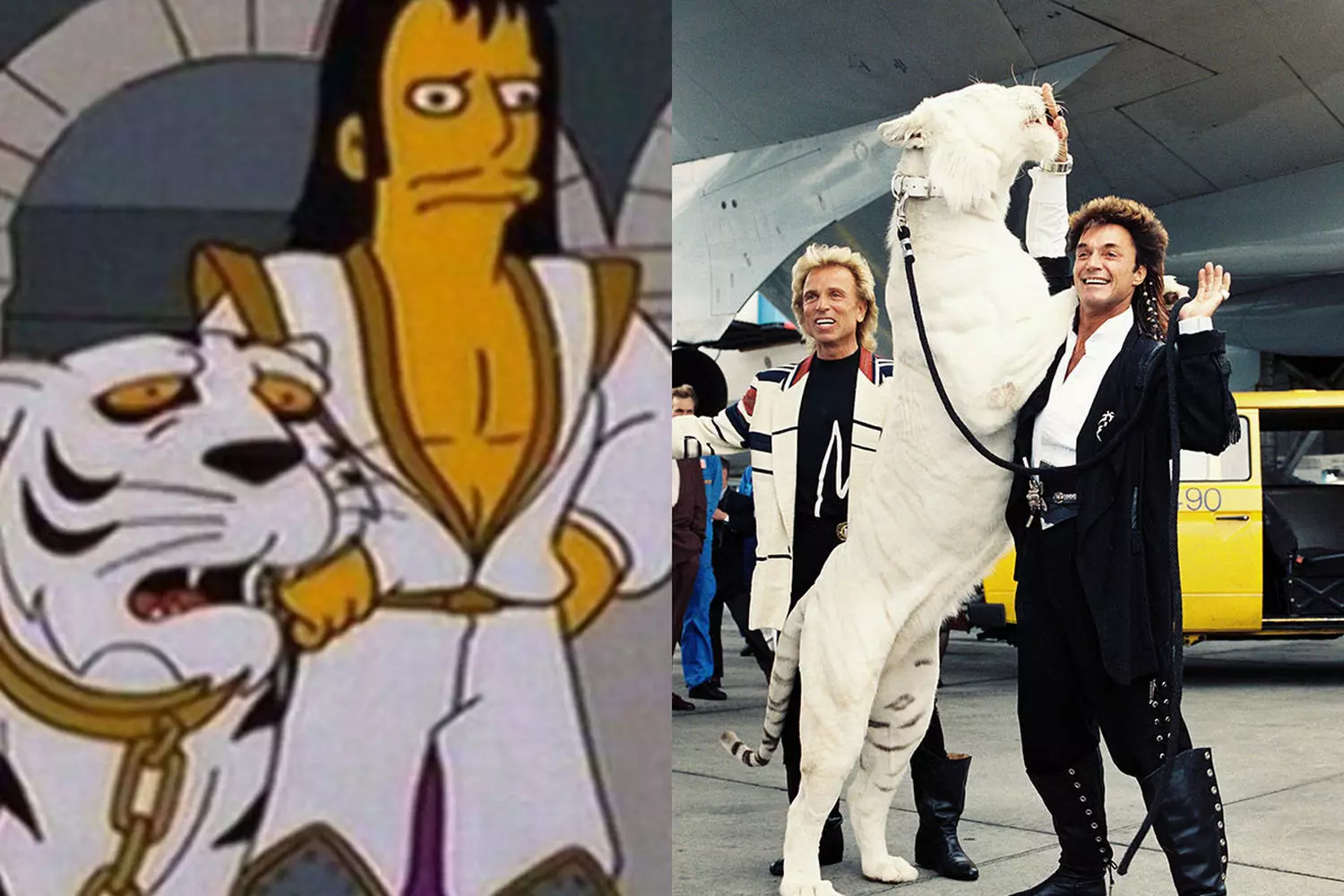
Why The Simpsons So Often Turn Out to Be Prophets
If you believe the internet, The Simpsons aren’t just a cartoon — they’re an oracle in yellow skin. Over more than 35 years on air, fans have attributed dozens of “predictions” to the show — from the appearance of smartwatches and autocorrect to Donald Trump’s presidency. But how does a simple satirical comedy manage to hit the future? The explanation is far more prosaic than mysticism, yet no less fascinating.
- 01. The mathematics of large numbers
The show has over 750 episodes and hundreds of writers who have been delivering jokes and plots on every conceivable topic — from politics to everyday absurdities. With such a colossal volume of material, purely statistically, the chance grows that some idea will resemble a real event in the future. - 02. The logic of satire
The writers operate on the principle: “take a current trend and push it to the extreme.” If automation becomes a hot topic, The Simpsons might feature a plot about robots taking over a factory. Reality often moves in the same direction — just slower and without a comedic wrapping. - 03. Insider perspective
The show’s team isn’t just comedians. Among the authors are former journalists, graduates of prestigious universities, and professionals from media, IT, and politics. They spot weak signals and emerging trends earlier than the general public and then weave them into jokes. - 04. The illusion of accuracy
Fans tend to remember only the fulfilled “predictions.” Over decades, writers have invented thousands of events, but most never come true. However, social media buzzes with coincidences — creating the illusion that The Simpsons predict everything. - 05. Oakley’s principle
Writer Bill Oakley once said: “When you write jokes about everything under the sun, sooner or later something will come true.” This is perhaps the most accurate explanation. The world just catches up with what once seemed absurd on the yellow screen.
In the end, no magic — just experience, observation, irony, and... a lot, a lot of jokes. But admit it: believing in The Simpsons’ magical talent is way more fun.
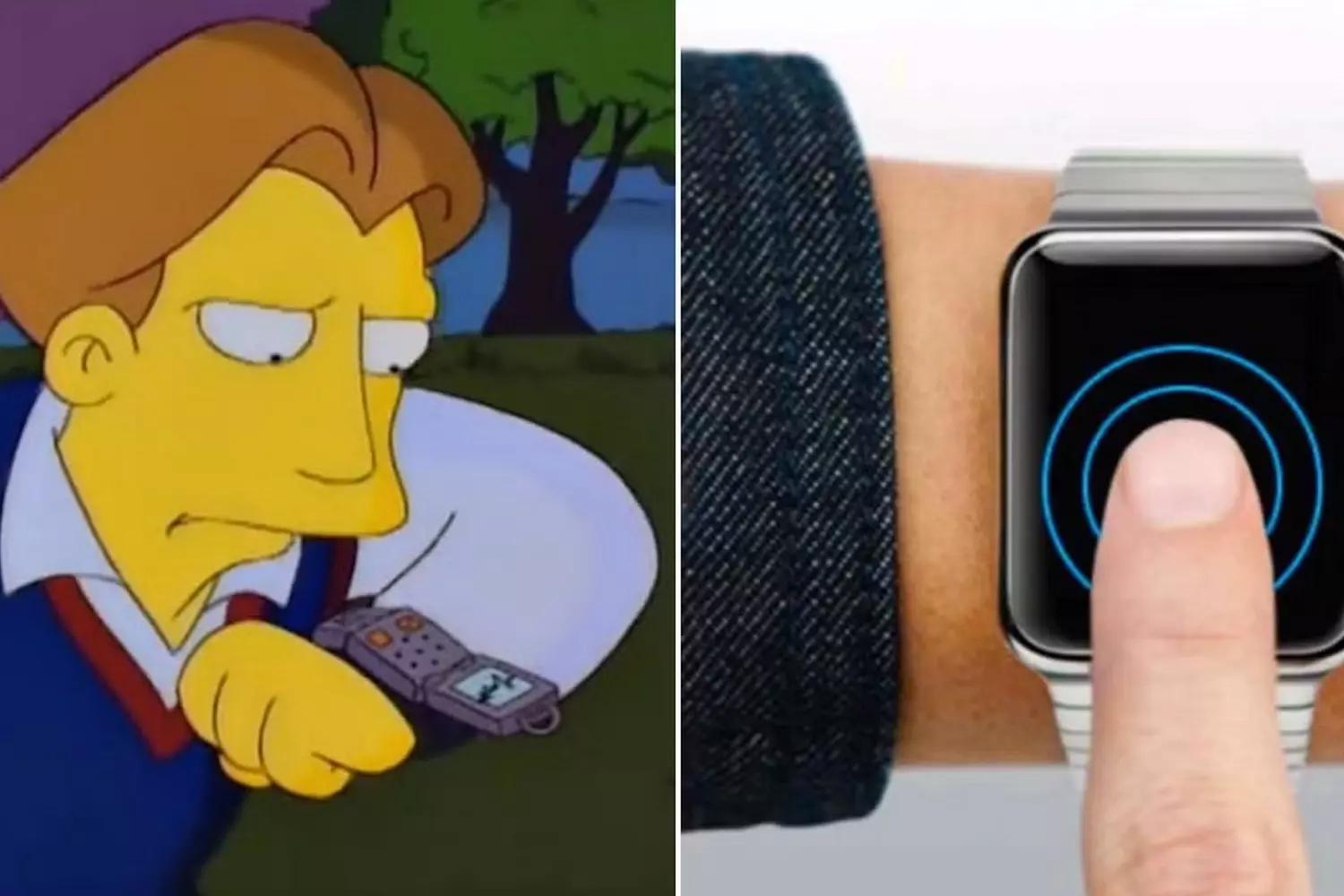
Tour of “Springfield”: Top Places in the USA for The Simpsons Fans
If you’re a fan of The Simpsons and want to see with your own eyes the places that inspired the creators of the cartoon or resemble the famous Springfield, welcome to a journey through real America! Although there is no official “Simpsons city,” there are several locations where you can immerse yourself in the cartoon’s atmosphere, feel the spirit of the yellow family, and take cool photos as souvenirs.
- 01. Springfield, Oregon — the real-life inspiration
Springfield is one of the most common city names in the USA, but the Springfield in Oregon is considered the “prototype” of the cartoon town. Matt Groening, the show’s creator, was born in this state and grew up near the city with the same name.
Take a walk through the streets of the real Springfield — you’ll find cozy houses, small shops, and typical American pubs very similar to the legendary Moe’s Tavern. Even if you don’t see any yellow characters, the spirit of a classic American town is especially strong here.
- “The Simpsons Ride” — an exciting 3D simulator that will take you on the wildest adventures of Springfield’s residents.
- A walk through the streets with recognizable locations: Krusty Burger, Moe’s Tavern, Springfield Elementary School, the Simpson family home.
- Food and drinks: You can try the iconic dishes from the show: donuts from Lard Lad Donuts, the legendary Duff Beer, and Krusty Burger burgers.
- 03. Animation Museum in Los Angeles
This museum offers visitors a chance to dive into the history of animation art, including exhibits dedicated to The Simpsons. Here you can see original sketches, scripts, animation cells, and much more — everything related to the creation of the cartoon. The tour allows you to understand how much work and talent goes into every episode. - 04. Greenwich Village neighborhood, New York City
The Simpsons are a vivid example of satire on American society, and New York has repeatedly been the subject of jokes and parodies. Take a stroll through Greenwich Village, known for its bohemian spirit and history of counterculture — many ideas for the show’s satirical scenes originated here. - 05. Historical real-life locations mentioned in the series
- Silicon Valley, California
This is where technologies reminiscent of gadgets from the cartoon were created — from smartwatches to autopilots. - San Francisco
Some scenes in the series are inspired by the landscapes and atmosphere of this city.
- 06. Moe’s Bar — a legend in real life
Although Moe’s Tavern is a fictional place, there are several pubs in the USA inspired by this iconic bar. For example, in Evanston (Illinois) there is a pub called “Mo’s,” decorated in the cartoon style, where they serve “Duff Beer” and “Lard Lad Donuts.” - 07. Conventions and fan meetings
If you want to immerse yourself in the fan community, it’s worth visiting annual animation festivals and comic-cons, where events dedicated to The Simpsons often take place. There you can meet voice actors, writers, and discuss your favorite episodes with other fans.
Want to make your acquaintance with the world of The Simpsons as comfortable and rich as possible? American Butler organizes personalized tours with an experienced guide who will not only take you to all the key locations but also reveal filming secrets, interesting facts, and funny behind-the-scenes stories.
We will select the optimal route, book tickets to amusement parks, arrange VIP entries, and make your journey through “Springfield” unforgettable.
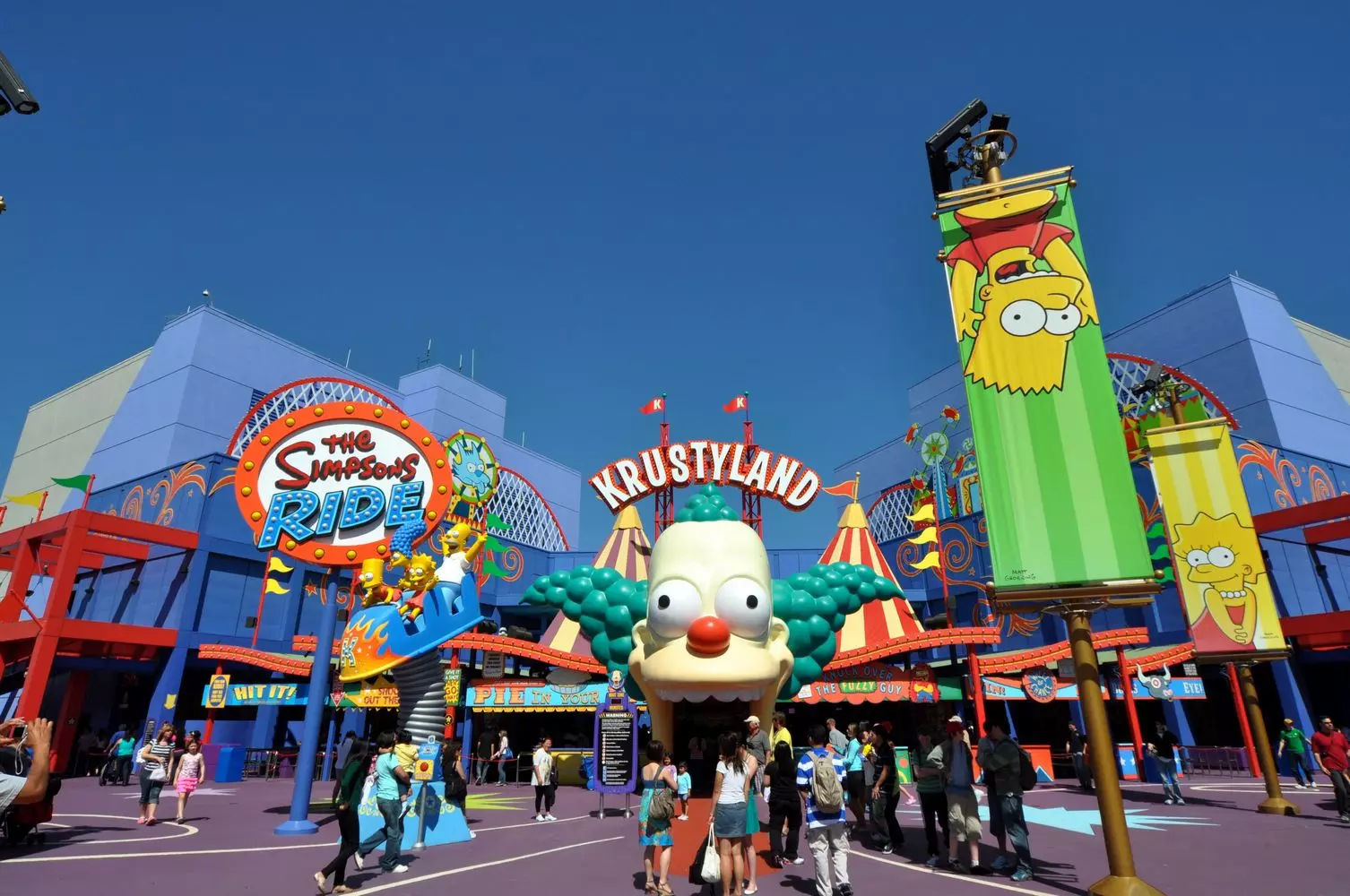
American Butler invites you to experience America unfiltered
The Simpsons are a mirror of society, capable of reflecting the future not because of mysticism, but thanks to their ability to get to the root of things and satirize likely scenarios. And that is exactly what makes them unique: no other series has become such a widespread cultural archive of the future.
Want to experience real America, feel the atmosphere of the places that inspire the creators of iconic shows, and see “Springfield” with your own eyes? American Butler will organize a personalized tour for you — from animation studios to authentic American towns where pop culture comes alive.
American Butler — your guide to real stories and places.














